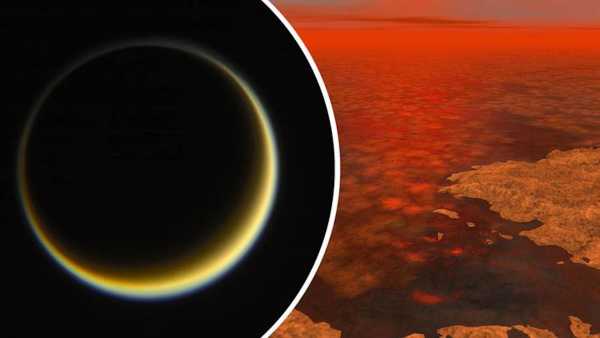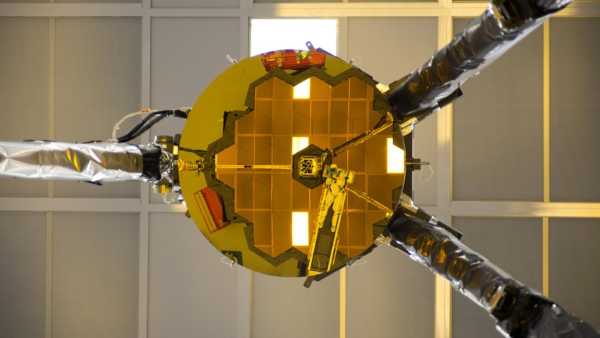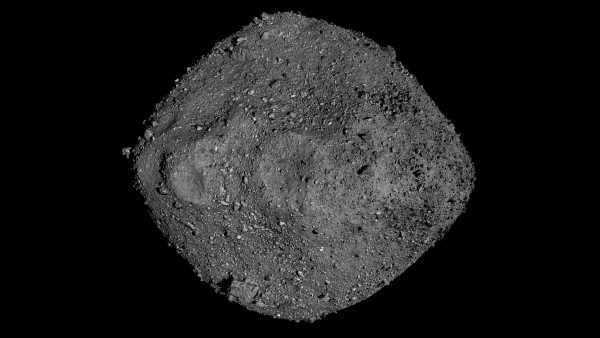
An image of asteroid Bennu taken by the OSIRIS-REx mission. (Photo: NASA/Goddard/University of Arizona)
Three new studies of samples from the asteroid Bennu have revealed the presence of pre-Solar System stardust, organic compounds and interstellar ices in the near-Earth object.
The global scientific community has been analyzing Bennu data since it was returned to Earth in 2023 by NASA's OSIRIS-REx mission. The spacecraft made a close approach to the asteroid, briefly landed, and collected samples in 2020.
The findings shed light on the cosmic conditions that existed before the formation of the solar system 4.6 billion years ago, and also clarify the characteristics of the parent body from which the 500-meter asteroid formed.
You might be interested
-
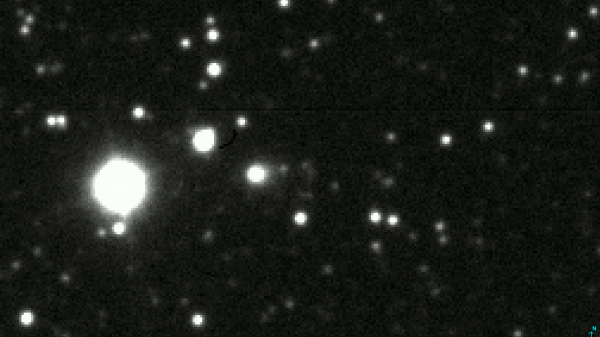
Comet 3I/ATLAS may be the oldest observed 'interstellar visitor' – a spectacular tail may appear this year.
-

The discovery of a microscopic meteorite challenges the generally accepted chronology of planetary formation.
-

A meteorite that crashed through the roof of a house in Georgia turned out to be 20 million years older than the Earth.
A turbulent past
The first of three papers in Nature Astronomy on August 22 suggests that Bennu's progenitor was destroyed in a violent collision after a complex evolution. The ancient body included material from a variety of regions: the solar system, the outer solar system, and interstellar space.
Scientists identified these zones by analyzing the isotopic composition of Bennu's dust. For example, solar-derived isotopes differed from their interstellar counterparts.
“All of the components were transported significant distances to the region where Bennu's progenitor formed,” said study co-author Anne Nguyen of Johnson Space Center.
The progenitor asteroid is hypothesized to have formed in the outer solar system, perhaps beyond the orbits of the gas giants. However, a catastrophic event changed its fate: “We think this body collided with another asteroid and was destroyed,” explained co-author Jessica Barnes of the University of Arizona.
After the initial destruction, “the fragments were rearranged many times,” Barnes added. Eventually, some of the material accumulated into Bennu.
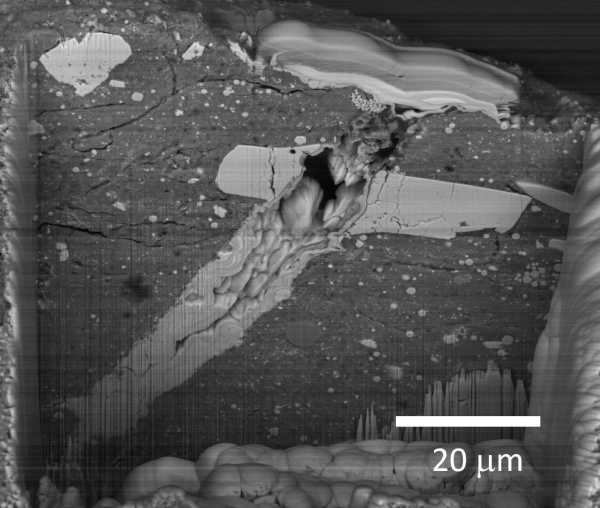
SEM image shows a microcrater in a fragment of Bennu material. Comparison with Ryugu
A second paper in Nature Geoscience compares Bennu to primitive meteorites and the asteroid Ryugu, samples of which were collected by Japan's Hayabusa2 mission.
The progenitors of Bennu, Ryugu, and the meteorites likely originated in a similar, distant region of the early solar system. However, Bennu's unique features indicate “temporary changes or poor mixing in this region,” the researchers note.
The study revealed significant changes in the material of Bennu's progenitor when it interacted with water.
“Bennu's precursor accumulated ice and dust,” said Tom Zega, a co-author of the paper from the University of Arizona. “The melting of the ice led to reactions of the liquid with solid components, forming the sample's modern composition, with 80 percent hydrous minerals.”
“We suggest that the parent asteroid received significant amounts of ice from the outer regions of the system,” Zega added, “and then moderate heating was enough to trigger reactions.”
Traces of microfalls
A third paper in Nature Geoscience documents multiple micrometeorite impacts on Bennu. These impacts left microscopic craters and melted rock fragments, as well as traces of solar wind in the samples.
RELATED MATERIALS
—NASA has confirmed the interstellar origin of the object, which has received a new name.
— Initial analysis of a sample of Bennu points to a possible origin from an ancient ocean world.
— A sample of a “potentially hazardous” asteroid with possible traces of life has arrived in the UK.
“Bennu's surface weathering is occurring faster than expected, primarily through impact melting,” said co-author Lindsey Keller of Johnson Space Center.
Although there is no life on Bennu, the study helps us understand abiogenesis on Earth, said Michelle Thompson of Purdue University.
“Asteroids are relics of the early solar system, time capsules,” Thompson said. “Studying them helps reconstruct the history of the system and the origins of life on Earth.”

Elizabeth Howell, Live Science contributor
Elizabeth Howell was a staff writer for Space.com from 2022 to 2024 and has written for Live Science and Space.com since 2012. Her work includes exclusive interviews with White House officials, reports from the International Space Station, five manned launches on two continents, and participation in parabolic flights and Mars simulations. She is the co-author, with astronaut Dave Williams, of Why Am I Taller? (ECW Press, 2022).
Please verify your name before posting a comment.
Please sign in again to enter your display name.
Exit Read more

Comet 3I/ATLAS may become the oldest observed interstellar object, with the prospect of forming a tail this year.
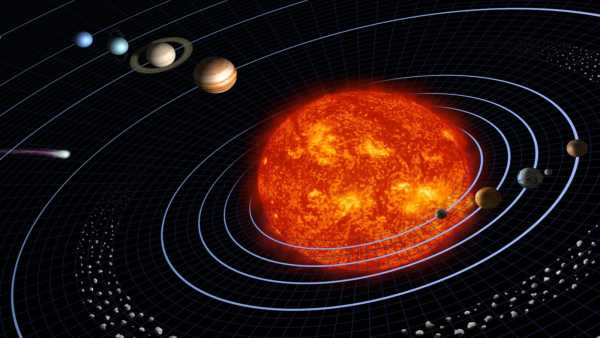
Discovery of tiny meteorite challenges planet formation chronology
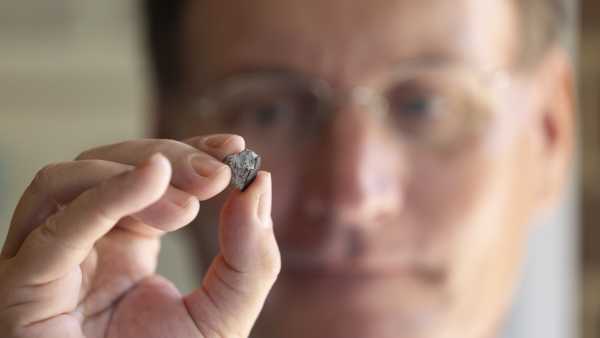
The meteorite that crashed through a roof in Georgia is 20 million years older than Earth.
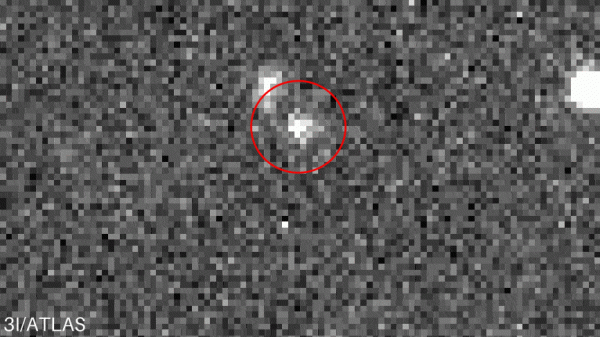
Astronomers are studying a new “interstellar guest” in the solar system.
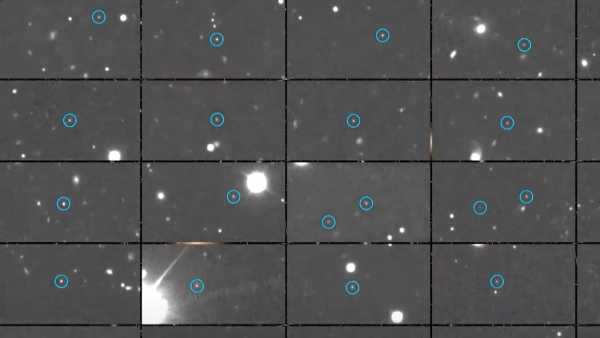
Rubin Observatory has detected 2,104 asteroids in a few days. Millions of objects are expected to be discovered.

Possible Discovery of 'Lost' Mercury Meteorites on Earth. Asteroid News
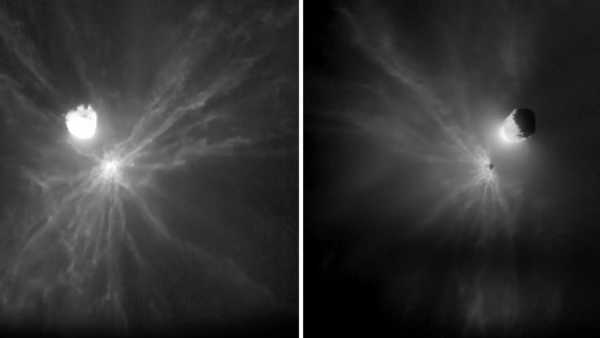
Unexpected behavior of debris from the DART mission reveals the risks of asteroid deflection.
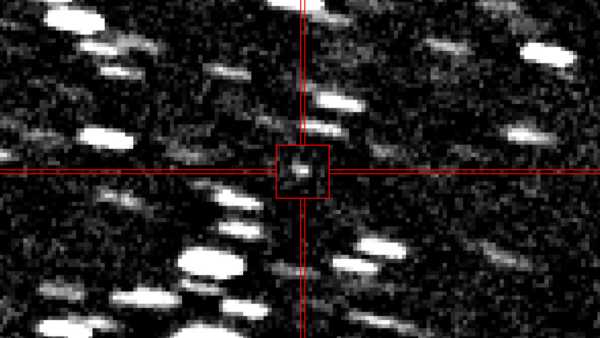
A new potential interstellar object has been discovered approaching Earth.
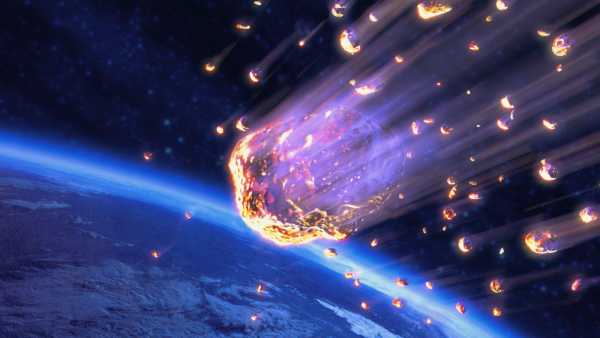
Asteroid 2024 YR4 could trigger a meteor shower when it collides with the Moon in 2032.
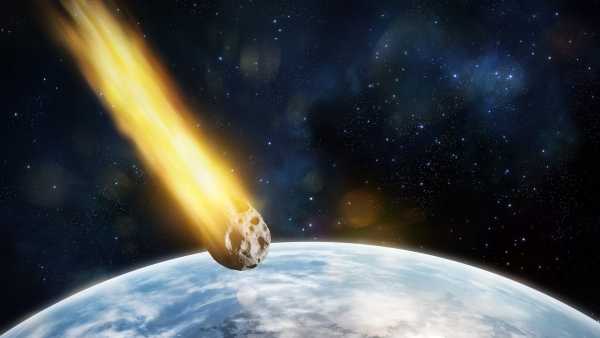
Webb telescope increases chances of asteroid 2024 YR4 colliding with the Moon.

Hidden 'City-Killer' Asteroids Near Venus May Threaten Earth. Latest News
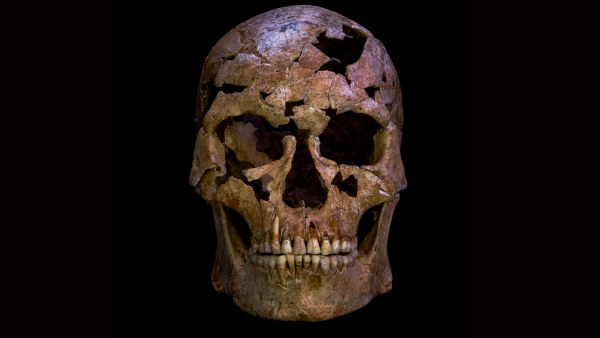
A quartz arrow may have killed a man 12,000 years ago.
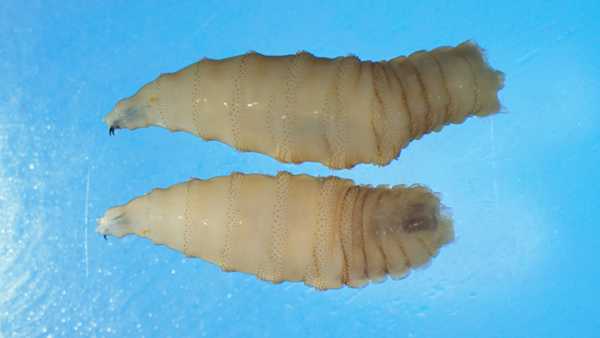
The first case of parasitic fly infestation in the United States in decades.
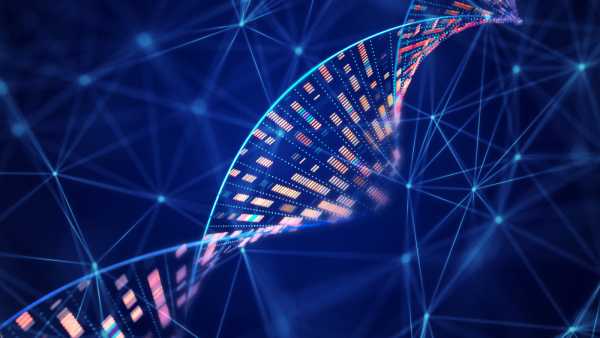
Detection of helical structures in DNA under pressure.
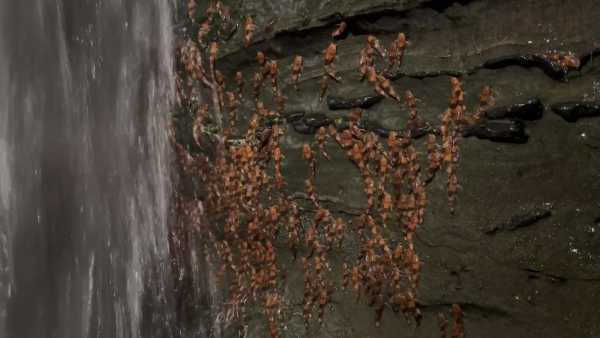
Unique footage of bumblebee catfish migrating along a waterfall.
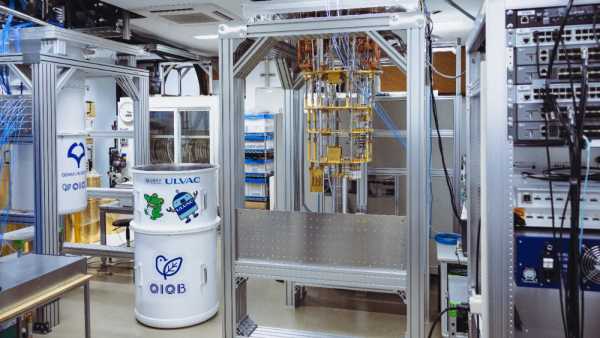
Japan Launches First Domestic Quantum Computer. POPULAR ARTICLES
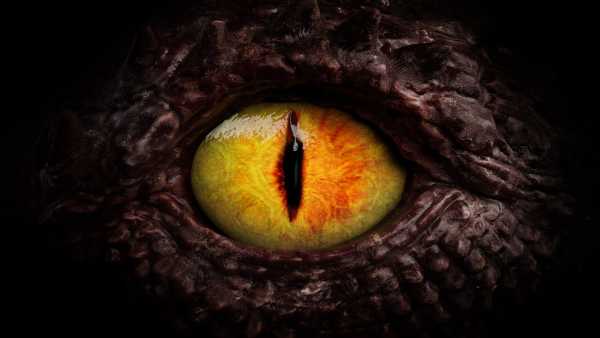
1A rare disease makes people see people as dragons.
Live Science is part of Future US Inc. Visit the corporate website.
- About Us
- Contacts
- Terms and Conditions
- Confidentiality
- Cookies
- Availability
- Advertising
- Notifications
- Career
- Standards
- Suggest a news item
© Future US, Inc. 130 West 42nd Street, New York, NY 10036.
Sourse: www.livescience.com


